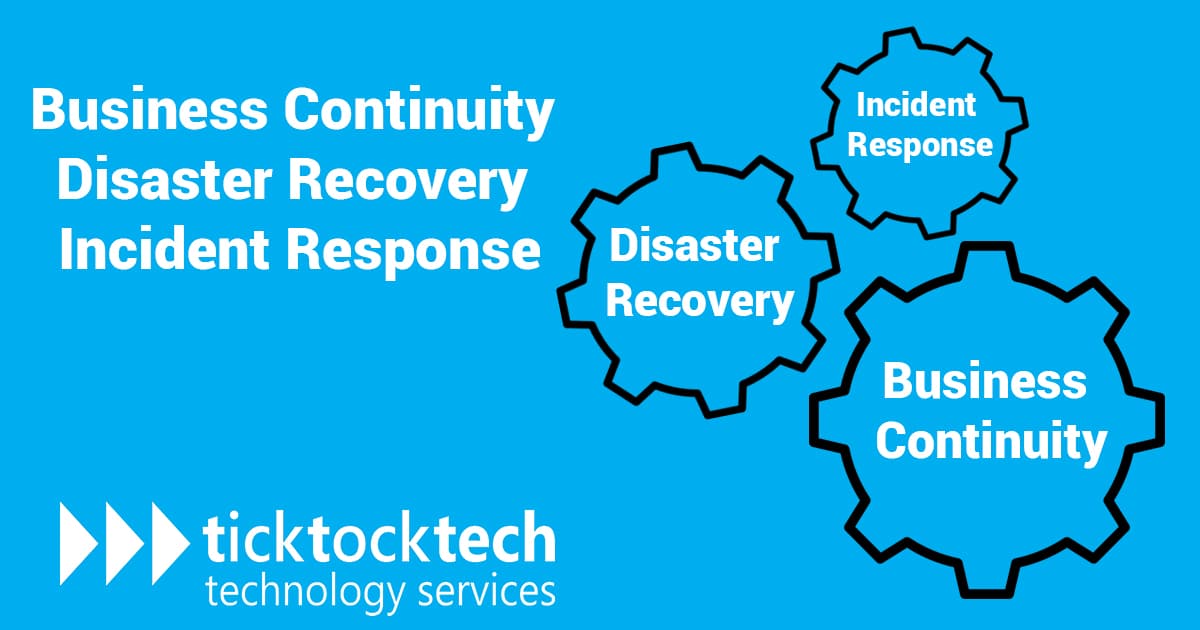Cybersecurity is essential for any tech company and business organization. Data and information on your server or company computers deserve to be protected even if you don’t feel threatened. Hackers could invade a company’s system with the hope of stealing the company’s data. This doesn’t only affect the company but also its customers. Cybersecurity is made to guard against theft and harm to all types of data. Without a cyber security plan, your company will be unable to protect itself from online risks, leaving it open to attack from malevolent parties who will see it as an easy target. Response to cyber issues could come in many ways. By Disaster recovery, incidence response, and business continuity plan. With these methods, you can protect the business from disasters as fast as possible before it affects both infrastructures and customers.
Business continuity
This simply refers to an organization’s capacity to continue doing critical tasks both during and after a crisis. a procedure that describes how catastrophic events could affect corporate operations. To guarantee that a corporation can swiftly bounce back from a crisis, it develops policies that react to diverse conditions. They are also business management procedures that bring things back to normal after distortion of any kind. These methodologies are used not only during disasters but also before and after. Phases in business continuity plans include; Defining the scope, conducting a business impact analysis, developing recovery and continuity plans, putting them into practice, testing them, and maintaining them.
Disaster recovery
This refers to a company’s capacity to respond to and bounce back from a disaster that adversely impacts daily operations. Disaster recovery is a part of business continuity and deals with present distortions in service. After a disaster, it is crucial to give the company as quickly as possible access to its vital IT systems and infrastructure. Phases in disaster recovery include; Making a contingency statement, conducting a business impact analysis, drafting a contingency plan, implementing control measures, testing it, and maintaining it.
Incidence Response
On the other hand, incident response sometimes referred to as an IT incident, computer incident, or security incident, is a systematic method for dealing with and managing the fallout from a security breach or cyberattack. The objective is to approach the problem in a way that minimizes harm, cuts down on recovery time, and lowers expenses.
Phases of Incidence Response include; Preparation with security systems. Identification, which contains Intrusion detection systems, SIEM solutions, and end-up solutions. Containment of threat actors by complete containment of all infected machines which involves cutting internet and intranet connections. Eradication of threats involves searching for backdoors, reimaging machines, and root cause analysis. Recovery stage for getting infected systems up and running again. This stage is to decrease any potential loss associated with the infected period of malware.
Business Continuity Vs Disaster Recovery Vs Incidence response: Differences
Even though Business Continuity, Disaster Recovery, and Incidence response are similar, they still have some differences at operation level. The business continuity (BC) methodology is used for planning and maintaining business operations before, during, and after a disaster occurs. Disaster recovery (DR) is a subset of a business continuity plan and is only used immediately to deal with emergencies.
BCP is more of a high-level strategy than a long-term strategy for maintaining corporate operations. The business context, which is a long-term strategy to guarantee the continuation of company activities, is another area of attention for BCP. The DRP focuses on the IT infrastructure and is a quick recovery strategy after a disruptive incident. DR is a reactionary measure, whereas BCP is more of a preventative and reactive measure.
Plans for incident response concentrate on the occurrence, whereas plans for disaster recovery concentrate on the entire company. While business continuity maintains your organization operating throughout the event lifecycle and disaster recovery restores normal operations, incident response enables your organization to tackle an issue from the outset.
All three are compulsory plans which should be part of every business, especially with IT infrastructures. Computer technicians do help the company set up and manage such plans. With the plans, and preparations in place and renewed, you could monitor and solve cyber attack issues before they cause any damage.

